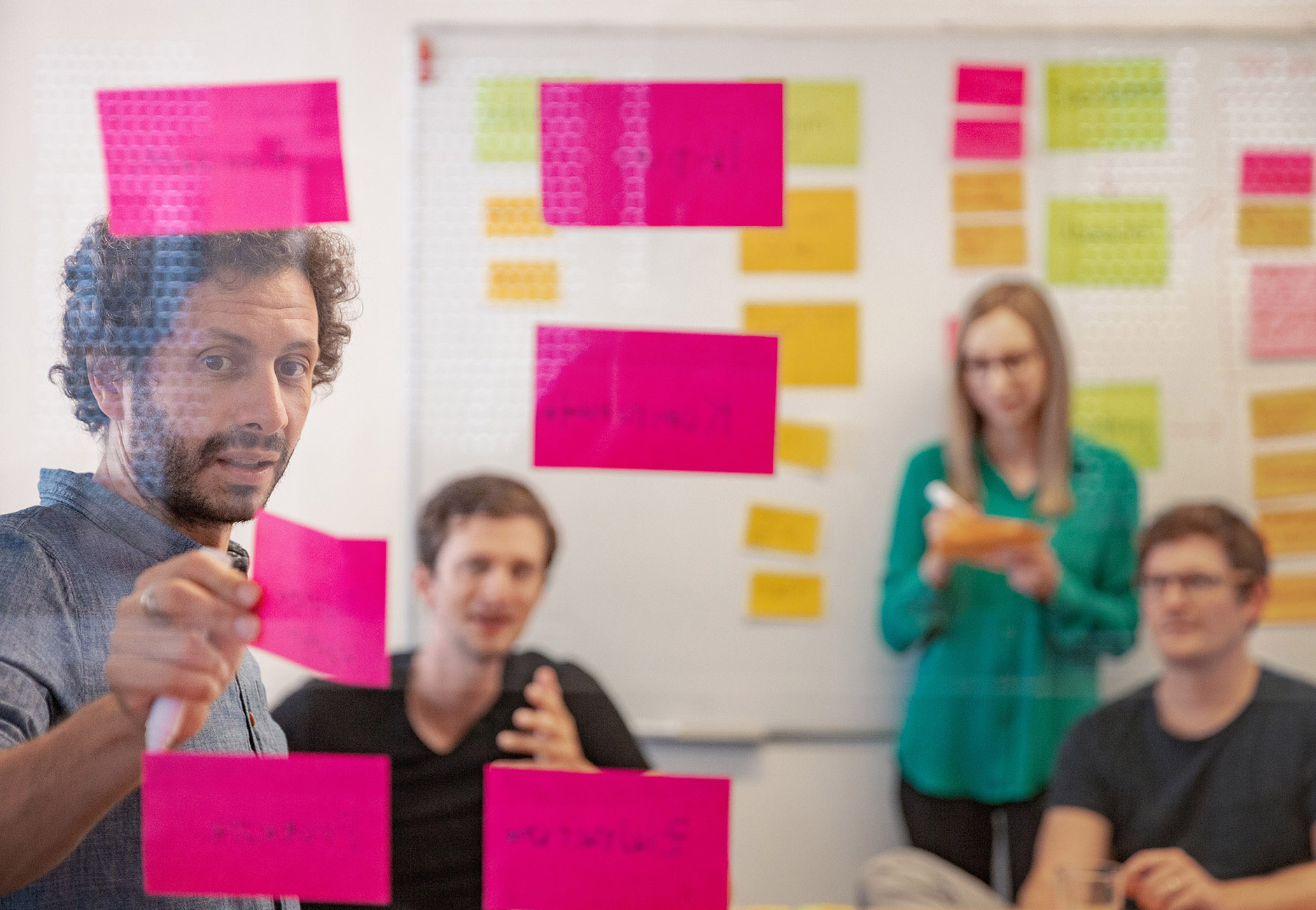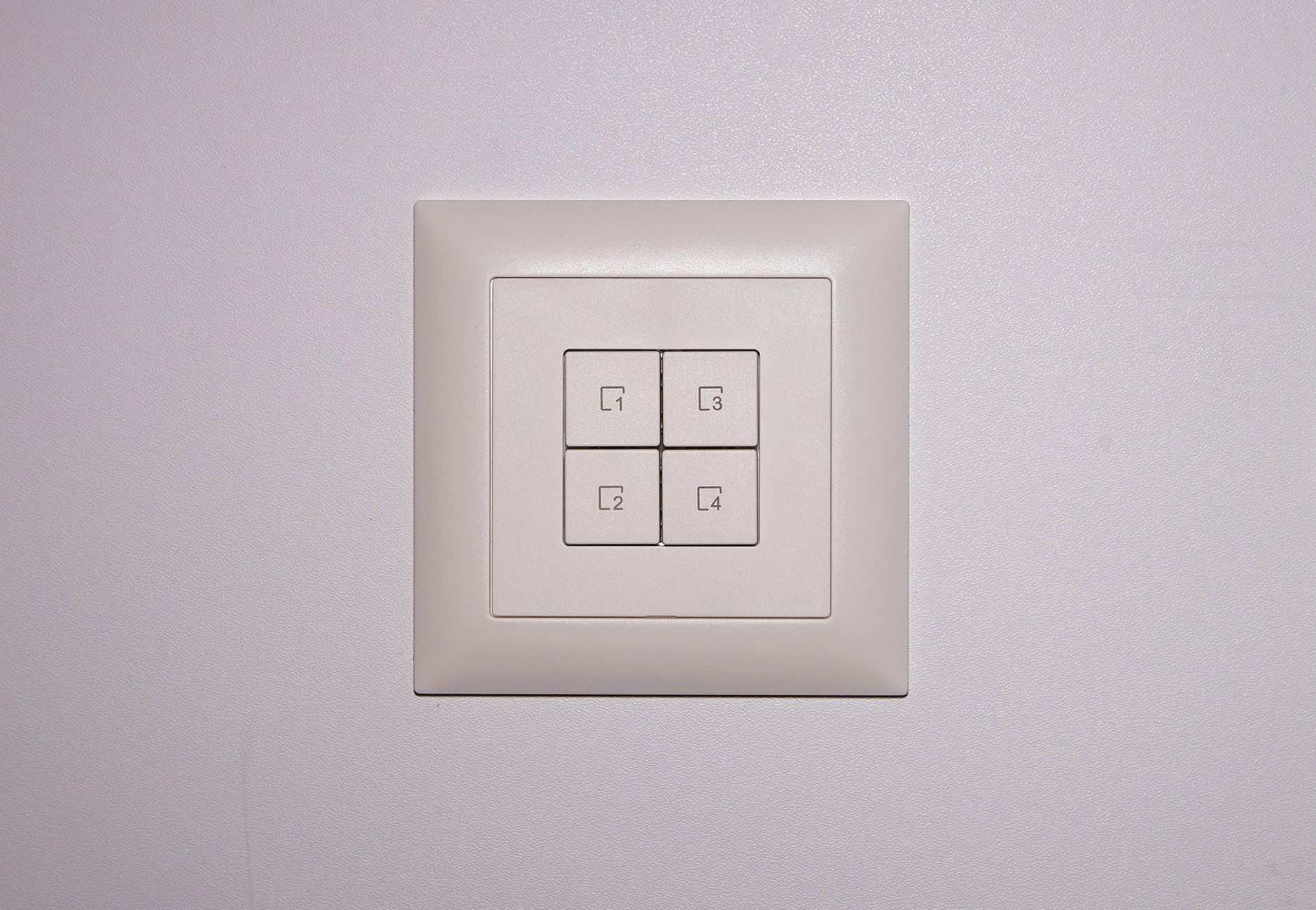The design concept, prototyping and validation are three key steps on the way to human-centred design. They help to flesh out, quickly test and verify the effectiveness of innovative ideas. From the initial idea to the perfected solution – we develop concepts, create clickable prototypes (e.g. in Figma or using vibecoding) and validate them meticulously. With usability tests, expert evaluations or user interviews, we ensure that the product impresses your target group and achieves your goals.
How prototyping with Ergon works
Developing concepts
We help to draw up clear, implementable concepts – based on the needs of your users and the goals of your company.
Rapid prototyping
With fast, clickable prototypes – e.g. in Figma or using vibecoding – you can test design ideas quickly and efficiently.
Obtaining feedback
We collect and analyse the feedback from your users and thus continuously optimise the solution.
Iterative improvements
Repeated tests and optimisations enable us to find the best solution.
Context-based prototyping
Low or high-fidelity – we adapt prototypes to the task at hand and also use vibecoding for particularly fast, tangible results.

“They know what they are talking about – and they know what they are doing.”
From the idea to the tested prototype: Together, we develop sophisticated concepts, test clickable prototypes – e.g. in Figma or using vibecoding – and create validated solutions. Get in touch with us now.
The benefits of prototyping
-
Lower costs, as potential problems are identified and remedied at an early stage
-
Shorter time-to-market thanks to rapid prototyping and validation
-
Fewer risks and greater project success due to early-stage validation
-
Higher levels of satisfaction and better ratings
-
Higher brand value and increased user loyalty
What is prototyping and why is it important?
Concept design, prototyping and validation are key elements of the design process. They help to ensure that the user needs and the business goals are in sync. A structured approach – whether with Figma or innovative approaches such as vibecoding – enables rapid development and validation of user-friendly and commercially viable solutions. This allows teams to gather feedback early on, bring prototypes to life immediately and continuously improve them. Thanks to prototyping, you learn more about the users and your teams communicate efficiently about design ideas and potential solutions.
We look forward to hearing from you
We are pleased that you are interested in our services. Do you have any questions or a specific project idea? Tell us about it – with no commitment on your part. Our experts will contact you as soon as possible.








